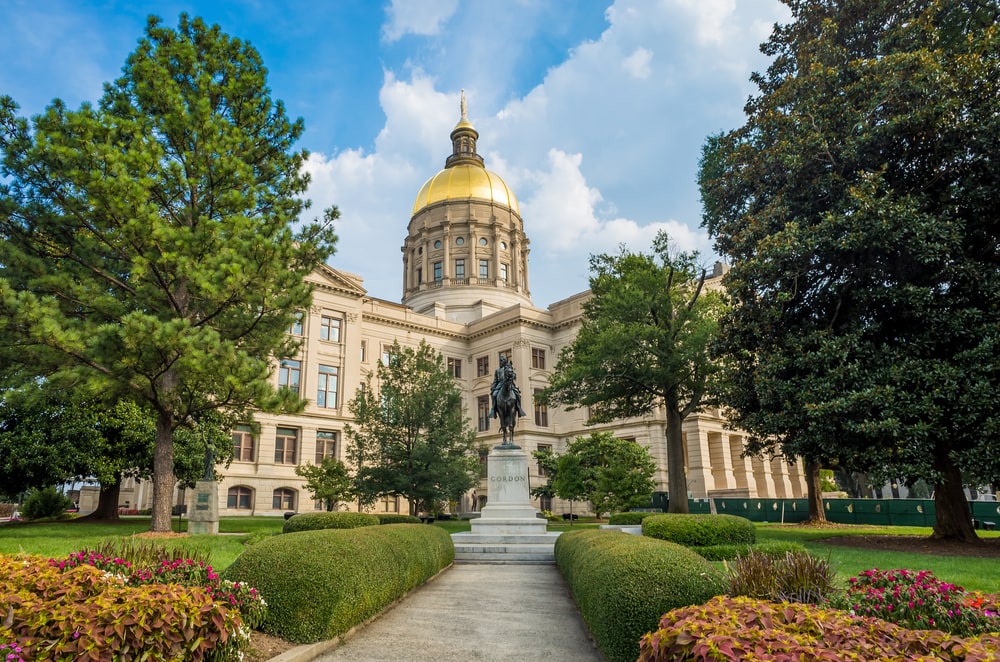Tax pollution, not profits: a reply to Rep. John Delaney
Featured Publications
The High Price of Federal Agriculture Subsidies: What’s the True Cost of Farming as Usual?
Just More Talking Points: FDA Commissioner Visits with the House Oversight Committee
New Report from R Street Institute: The Benefits of Police Data Transparency
SEC Climate Rule Hearing: Statutory Overreach and Financial Burden Remain Top Concerns
Balancing Risk and Reward: AI Risk Tolerance in Cybersecurity








The carbon tax is an elegant mechanism for imposing a price on carbon dioxide emissions from the energy sector, especially when compared to the alternatives.
The patchwork of federal regulations to reduce greenhouse gas emissions from the energy sector is sprawling, including standards for CAFE, renewable fuels, efficiency, building codes and drilling operations, and pending regulations for new and existing power plants under the Clean Power Plan (CPP). Taken together, these policies layer large, but attenuated, costs on the energy sector and on energy consumers. Worse, by tackling each corner of the economy differently, they fall well short of the president’s commitment to reduce emissions 26 percent below 2005 levels.
With a relatively modest carbon tax, we can wipe out existing policies and still do better at achieving emissions reductions. David Bailey and David Bookbinder use Environmental Protection Agency data to determine that an average national carbon price on the electricity sector of $27 per ton in 2020 — rising to $29 per ton in 2030— would be functionally equivalent to the CPP. The Carbon Tax Center’s carbon-pricing model suggests the price actually could start much lower, at around $2.15 in 2015, and increase to $34.40 by 2030.
The most alluring part of the carbon tax, though, is that it could open the way for conservatives to enact a host of policies they already support. Just as environmentalists have cited the threat of catastrophic climate change to solicit support for EPA overreach, agricultural interests have agitated for renewable fuel standards and business interests continue to petition for massive subsidies for renewable power, conservatives can use the threat to make the case for smaller, smarter government.
It is relatively simple to select a carbon price that will meet the carbon dioxide emissions reduction trajectory established by the suite of standards and regulations put in place by this administration. With that price established, there are plenty of policies that we can simply write off the books; we have achieved their climate targets and rendered them unnecessary.
The first place to start is EPA authority to regulate greenhouse gas reductions under the Clean Air Act (CAA). The CAA was designed to reduce the types of pollution that spawned the environmental movement of the 1970s: localized sources causing acute harm. As the CAA has been adapted to cross-state sources, low-level, long-lived pollution and climate emissions, it’s proved inadequate to the task. With a carbon tax, we can remove EPA’s regulatory authority to use the CAA for climate policy and eliminate the expensive, invasive and sprawling CPP.
Then, we must tackle the rest. The Renewable Fuel Standard is an enormous market intrusion that does a better job of supporting corn prices than reducing greenhouse gas emissions. CAFE standards for the automotive fleet are prescriptive intrusions into the automotive market that limit consumers’ ability to purchase larger, less-efficient vehicles; a carbon price could achieve those same emissions reductions without eliminating consumer choice. The Department of Energy (DOE) has released dozens of efficiency standards under this administration for everything from light bulbs to ice cream freezers, all of which are made superfluous by a price signal.
Tax incentives and subsidies also should be on the table. We spend tens of billions of dollars a year subsidizing energy sources across the board. If our aim is a diverse, lower-carbon electric supply, we can eliminate those expenditures. Loan guarantees intended to help companies commercialize technology are wasteful and unnecessary now, and would be inexcusable under a carbon-tax regime. The research and development juggernaut at DOE can be pointed to significant and meaningful advancement in energy technology, not incremental improvements in proven and commercialized technologies.
This is a short and not nearly comprehensive list of ways to shrink the footprint of government and get it out of the marketplace, all made possible by imposing a modest tax on carbon. All of this is possible before we’ve even touched the revenue.
A carbon tax raises real amounts of money. The proposal by Rep. John Delaney, D-Md., would raise more than $1 trillion in its first decade. In Washington, any purse that size will be a great temptation for special interests, so revenue treatment is enormously important. There are many options, but few winners: deficit reduction, payments to disadvantaged communities and industries, clean energy investments, climate mitigation strategies, myriad spending priorities or cuts to existing taxes.
This last priority is the most persuasive. Conservatives must insist on true revenue neutrality. Carbon policy and its resulting revenue should not be used to grow the size of government. Economists agree that cuts to existing, inefficient taxes, like the corporate income tax, will do the most to stimulate the economy at the same time that carbon policy increases energy prices. Back-of-the-envelope calculations suggest that, by imposing a relatively modest carbon tax and taxing capital gains and dividends as income, we could eliminate the corporate income tax completely.
If there are alternate priorities for spending dollars on things like research and development, innovation or other climate-related priorities, let politicians have that debate and find the money elsewhere. An effective carbon tax can only be possible with complete revenue neutrality.
Rep. Delaney has made space for an honest discussion about the direction in which we should take carbon policy. The carbon tax is an opportunity to shrink the size of government, while making real and meaningful progress on reducing carbon emissions. Dedicating the revenue to tax reduction could allow the United States to move from having the highest corporate income tax rate in the OECD to having no corporate income tax whatsoever. That’s a win-win for conservatives.